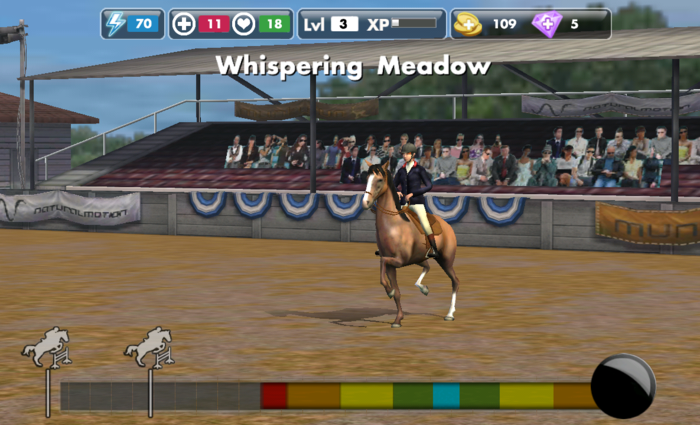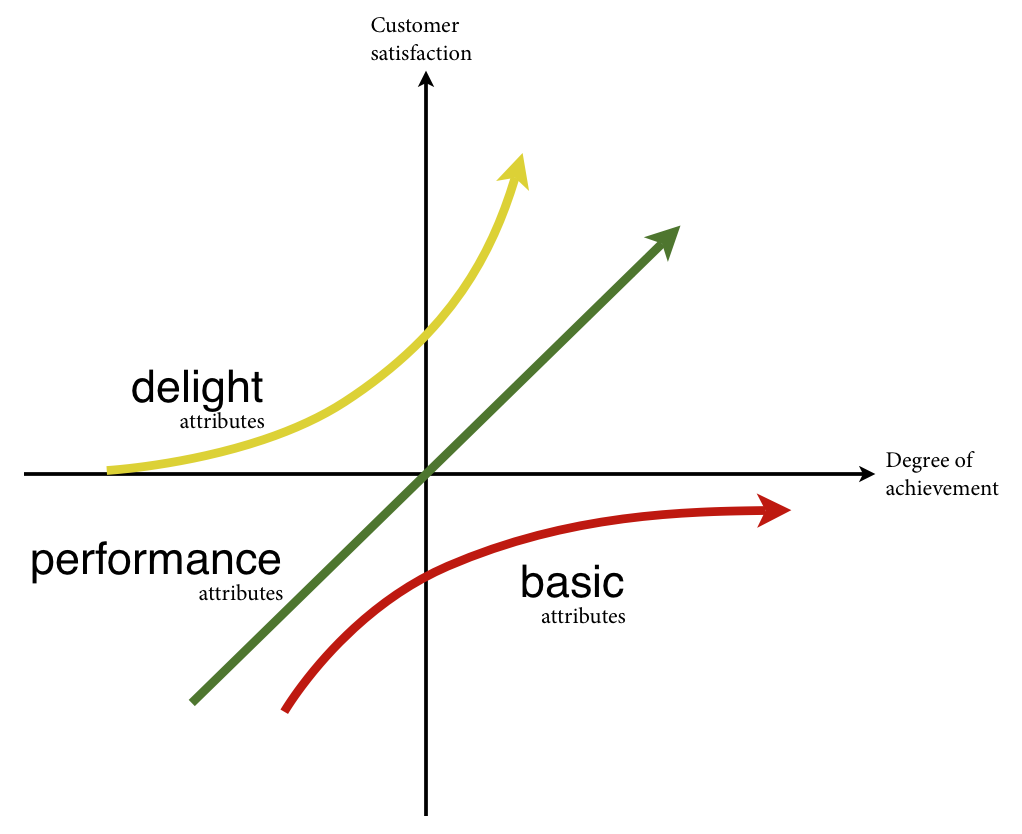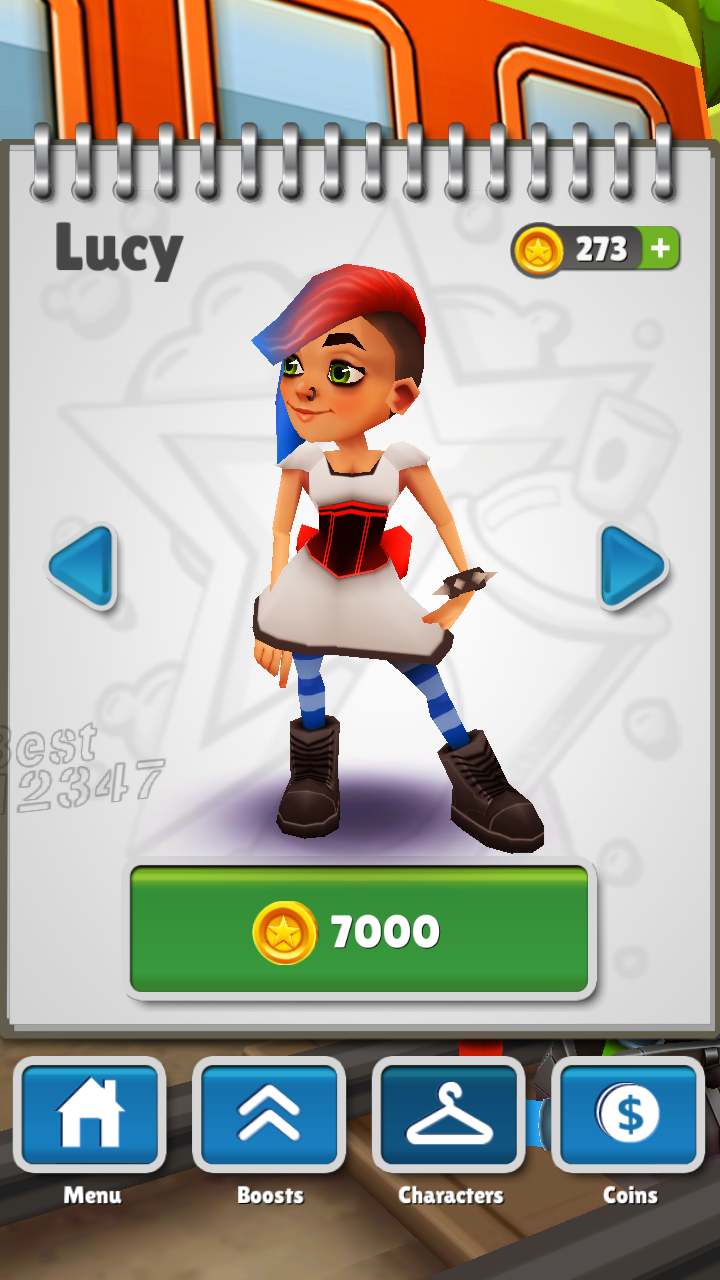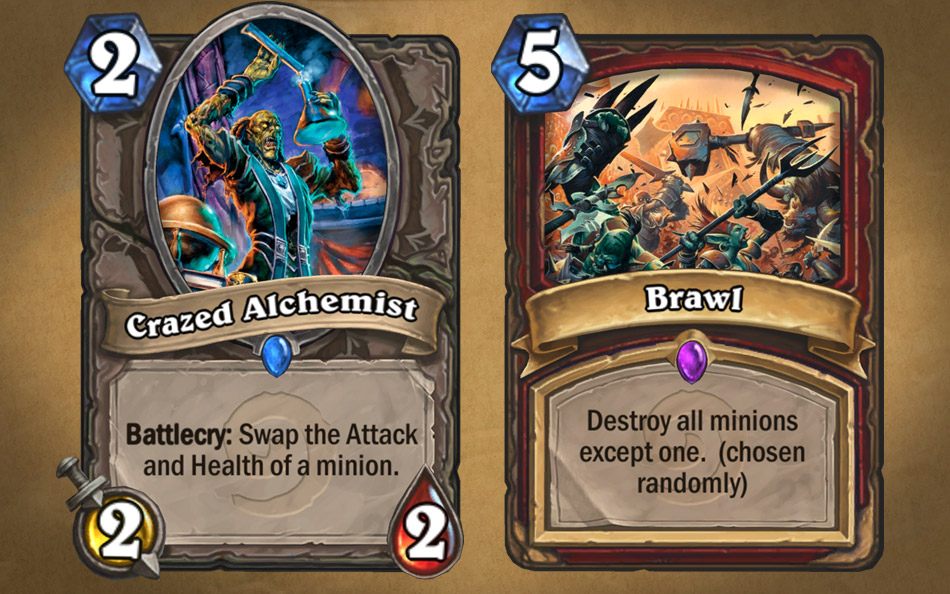Cómo empezar un nuevo juego
Comenzar un nuevo juego es una tarea desalentadora. Opera en un vacío de diseño. Las posibilidades son casi infinitas. La probabilidad de fracaso es increíblemente alta. La lógica y la razón por la que los juegos llegan a la cima es alquimia y, en su mayoría, observaciones sesgadas. Pensar en cuál será el próximo juego exitoso es un poco como lanzar dardos estando ciego.
Después de años de comenzar proyectos desde el principio, encontré un proceso que funciona para mí. Un proceso que me ayuda a despegar rápidamente y avanzar en una idea que puede funcionar en el mercado. El proceso está adaptado principalmente del “ lienzo del nuevo modelo de negocio ”, así como de muchos procesos de Visión de Producto Lean y Ágil.
Crear un nuevo juego consiste, en primer lugar, en identificar un mercado potencial, luego generar empatía hacia ese público objetivo, utilizar esa empatía para diseñar una definición concreta de su producto y luego probar esta visión lo más rápido posible con clientes finales reales. Esta visión impulsará el desarrollo de tu juego.
Incluso para comenzar, debes partir de algo de inspiración.
Paso 1: Encuentra tu océano azul

“Mi caballo” de Natural Motion. Un juego dirigido a aficionados a los caballos de todas las edades. Un océano azul para la App Store.
Mi estrategia es encontrar un océano azul . Encuentre un mercado, un nicho, un género, un tipo de jugador que actualmente no cuenta con el servicio adecuado de los juegos con mayor recaudación.
Natural Motion ha hablado varias veces sobre este enfoque de sus juegos. My Horse, CSR Racing y Clumsy Ninja son juegos magistrales dirigidos a los océanos azules. Cuando se lanzó My Horse, muchos de los juegos dirigidos a los fanáticos de los caballos en dispositivos móviles no estaban pulidos, eran 2D y eran una experiencia terrible. Natural Motion lanzó un producto que realmente alcanzó lo que este mercado quería: caballos realistas en 3D. Los jugadores pueden acariciarlos y ver cómo reacciona el caballo de manera realista. Podrían cuidarlos e incluso recoger sus excrementos. ¡Exactamente lo que querían los fanáticos de los caballos!
Cuando trabajábamos en XMG Studio en Toronto, éramos un desarrollador independiente muy pequeño. Sabíamos que no podíamos luchar por la cuota de mercado contra los desarrolladores más importantes en géneros abarrotados. En lugar de eso, decidimos centrarnos en nichos a los que creíamos que podíamos aferrarnos: los fanáticos de los automóviles y la moda. Creamos Drag Racer, que mantuvo muy bien el mercado de carreras móviles entre 2009 y 2012, así como Fashion Star Boutique, que sigue siendo uno de los mayores éxitos de XMG. Fueron éxitos porque operamos en espacios que muchos de los desarrolladores más importantes no harían. Podríamos sentarnos en estos juegos y conseguir una gran participación de mercado para el pequeño nicho con facilidad. Apuntar a estos océanos azules es una estrategia viable, especialmente para los desarrolladores independientes.

Magazine racks are excellent spots to do research. What niches are here that current games aren’t targetting?
Blue Oceans can be found everywhere. Even in this crowded mobile space, looking down at the Top Grossing try to identify genres, themes and playing styles that are currently not serviced by these games. Can you create a mobilegame that services this genre?
Step 2:Build Empathy
After you’ve selected a genre, It’s aboutgettinginto the mindset of the customer. Understand why certain games in the genre failed, and why others succeeded. Play a ton of games. Write everything down. Plot points of reference on a graph and truly understand what defines this genre. Define what base feature set customers need in order for the game to be successful. Research how some games have exceeded playerexpectation and some games that failed to meet it.

The Kano plot is excellent for plotting features and figuring out the minimum requirements for a genre. As well as brainstorming how you can exceed their expectations.
Most likely, this genre isn’t your personal first choice.Some independent or successful game designers can design games that are essentially for themselves. They use their own experience and knowledge of the genre to design the game. This isn’t possible for all developers. When the target audience is not yourself, you need to do effective market research to truly know how to design for them.
In the early days of Zynga, it was customary that new hires would work in the customer care area of the company. For their first weeks, they would be answering phone calls from disgruntled customers. Whether intentional or not, this gave many designers a stronger backbone in designing games for this audience. Listening and hearing the wants and desires of their players allowed them to build empathy and step into the mindset of the players they would be designing for.
That is why it is important to have conversations with your target players. Understand why they play the way they play. Understand what they enjoy about the genre, but more importantly — discover why they don’t play. Why do they churn from games. What would it take for these players to leave the top grossing games? Even the most popular ones — whats the reasons why players leave this game? Identifying the chinks the armour — the areas which players hate about that game is your first order.
In the beginnings of Style Studio and Fashion Star Boutique, two gamesin the Fashion Design genre, it was important that we went out and talk to actual players/fans. In the case of Fashion Star Boutique, we even hired a full time Fashion Designer to help with designing the gameplay, designing the UI, and picking out all the items that players could customize. In the end the product really showed itsauthenticity.
Step 3: Define Your Pillars
After many, many conversations with players of your game you’ll start to notice patterns. Players of the genre will be demanding certain things about their next game. They will have annoyances, certain aspects that they don’t like, or just general fatigue in the way things have always been done.
To start creating pillars,take some of this feedback and focus on a few points you feel the audience would really be excited about. What if Clash of Clans had more depth in the battle? What if Candy Crush had alternate methods so you could get past those levels when you were stuck?

Endless Runner genre is full of design decisions that player’s don’t like.
For example, after interviewing a ton of fans of the Endless Runner genre (Temple Run, Subway Surfers), we started to see patterns about why many players dropped out.Many players complainedbecause the beginning of the round always felt slow and the same. Advanced players would have towait until the game got fast enough before they were challenged. Other players complained of seeing the same level over and over again. Players that left the genrecomplained that the game was too punishing: hitting one obstacle and getting knocked out was exciting, but felt like they got knocked out before they could understand the game.
Taking these 3 points of feedback, and playing a lot of OutRun 2, we decided that maybe we could take a different approach to the Endless Runner market. We transformed the game into an endless racer instead of a endless platformer. We focused onspeed, not on avoidance. The game became about optimizing your speed to get to the next checkpoint (like OutRun 2) instead of just staying alive for as long as you can. We added mechanics like a close call system, which gave advanced usersreasons to push their luck throughout the whole round. The beginnings were no longer boring, players no longer felt as punished, and we cycled new backgrounds in as the player upgraded to show progress and ensure players felt like the game was always new.

Our racer game came from focusing on addressing 3 key pain points players had from Endless Runners.
These innovations were created as pillars right from the beginning. We developed the game specifically to hit this points of feedback.This drove us through production and kept everyone on the same alignment.
Hearthstone is the greatexample of excellent pillar creation. In this GDC Vault talkby Eric Dodds,he articulates the importance of Pillars in Hearthstone’s creation. Specifically, he mentions certain pillars that you can really see came across in the design :
- “Immediate fun for the new player”
- “Allow non-competitive players to thrive”
- “Simple Cards, Complex Interactions”

Hearthstone created pillars that focused on players that left the TCG genre. Aiming for simple cards with deep interactions pushed Hearthstone TCGs to a whole new audience.
Hearthstone atendió una necesidad de los fanáticos de los juegos de cartas coleccionables (TCG). Se centraron en jugadores de juegos de cartas "marginales" a los que les encanta jugar TCG, pero que nunca pudieron manejar la complejidad de Magic. Con este enfoque, lograron cautivar a un público que siempre ha sido rechazado por juegos como el Magic. Estos pilares definieron cómo debe ser exactamente el juego final para tener éxito. Lo lograron y, según Eric, tuvo mucho que ver con mantener estos pilares rectores durante toda la producción.
Paso 4: finge hasta lograrlo
Cuando tienes pilares, tienes una visión sólida del juego. Ahora necesitas crear un prototipo funcional lo más rápido posible.
Puedes empezar a desarrollar un prototipo, pero esto lleva demasiado tiempo. En su lugar, concéntrate en crear bocetos simples de las pantallas clave de tu juego lo más rápido posible. Haga todo lo que pueda para articular la visión exacta que tiene para alcanzar esos pilares.
¿Cómo se verá el juego en el dispositivo?
¿Puedes articular los aspectos únicos del juego en unas pocas pantallas?
¿Los cambios que está realizando son lo suficientemente interesantes para su público objetivo?
Si la gente no se entusiasma cuando ve tus bocetos y habla sobre el producto, nunca lo estará. Así que repase los bocetos, haga una lluvia de ideas sobre más innovaciones y obtenga más comentarios. Muchas veces, pasarán semanas antes de que una idea realmente se haga realidad y, en la mayoría de los casos, la primera idea apesta. ¡Está bien!
En resumen
La clave para crear un juego exitoso es muy similar a crear una aplicación o un negocio. Todo se reduce a identificar una necesidad del mercado y satisfacer esa necesidad con un nuevo diseño de juego. Incluso en los juegos, los jugadores tienen necesidades (o tal vez deseos) sobre cuál sería el nuevo juego que estarían dispuestos a jugar. Identificar océanos azules grandes o pequeños es el primer paso. Asegurarse de que haya una brecha de mercado lo suficientemente amplia como para que, cuando termines el juego, la competencia no se esté tragando toda la cuota de mercado. A partir de aquí, se trata de empatizar verdaderamente con esta audiencia: reconocer las necesidades que esta audiencia no tiene atendidas actualmente. I
¿Será que las opciones de género actuales son pulidas o estéticamente agradables como CSR o El camino hacia el éxito de My Horse?
¿Es que el diseño del juego es demasiado complejo para que los jugadores móviles sigan el camino de Hearthstone?
O tal vez sea tan simple como que la oferta actual simplemente no tiene sistemas que atraigan a los jugadores a largo plazo, como Endless Runners.
Reconocer estas necesidades y luego solidificarlas en pilares es la mejor manera de iniciar un nuevo proyecto.
Leave a Reply